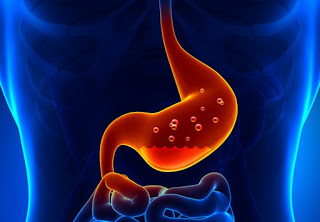Prefer to listen? Check out my podcast here!
As blogged previously, with the emergence of medications that are very powerful for weight loss, some people may lose too much weight. The defintion of excessive weight loss goes beyond the numbers on the scale, and can include excessive loss of muscle mass, a condition called sarcopenia. Currently, there is no standardized guidance or consensus on how to screen or diagnose sarcopenia, leaving health care providers in the dark as to how to look for or diagnose this condition.
A recent article proposes a screening and diagnostic protocol for sarcopenia. This article focuses on people with diabetes, but I think this can also be a great protocol in people with obesity losing weight, or in anyone in whom sarcopenia is supected.
They propose a FIRST STEP of screening for sarcopenia with the SARC-F questionnaire. There are 5 quick and easy questions:
- How much difficulty do you have in lifting and carrying 10 pounds?
- How much difficulty do you have walking across a room?
- How much difficulty do you have transferring from a chair or bed?
- How much difficulty do you have climbing a flight of 10 stairs?
- How many times have you fallen in the past year?
Each question is scored from 0-2. If the score is 4 or higher, or if sarcopenia is suspected even if the score is less than 4, then the SECOND STEP is assessment of muscle strength with two quick tests:
- grip strength test (dynamometry) – response is evaluated based on age and gender
- chair stand test : how long it takes to rise 5 times from a seated position without using your arms (more than 15 seconds is considered abnormal)
If either of these tests reveal a concern, the THIRD STEP is assessing muscle mass using calf circumference. Normal values depend on age, gender, and BMI. Body composition tests like DEXA, muscle ultrasound or CT scan are also suggested (but hard to get in routine clinical practice).
Decreased muscle strength and calf circumference below the cutoff points indicate the presence of sarcopenia.
It is important to note that the SARC-F screening questionnaire was developed in an elderly population, and has not been validated in a young population. Thus, the SARC-F screener may only capture more severe cases of sarcopenia. This is why the authors recommend that even if the SARC-F score is less than 4, if you suspect sarcopenia clinically, or if there are other risk factors for sarcopenia, you should still proceed to the muscle strength and muscle mass assessments.
The SARC-F questionnaire needs to be validated and/or modified for younger people, and research needs to be done to validate this overall approach. That being said, as there is currently no standardized approach for screening or diagnosis of sarcopenia, I think this proposed process is a good step forward. It is practical, quick, and easy to do.
BOTTOM LINE: Sarcopenia is an underrecognized issue in people who are losing weight. This protocol for screening and diagnosing sarcopenia is an important step forward, and should be considered for anyone in whom sarcopenia is suspected.
Check me out on X/twitter! @drsuepedersen
Share this blog post using your favorite social media link below!
www.drsue.ca © 2024











